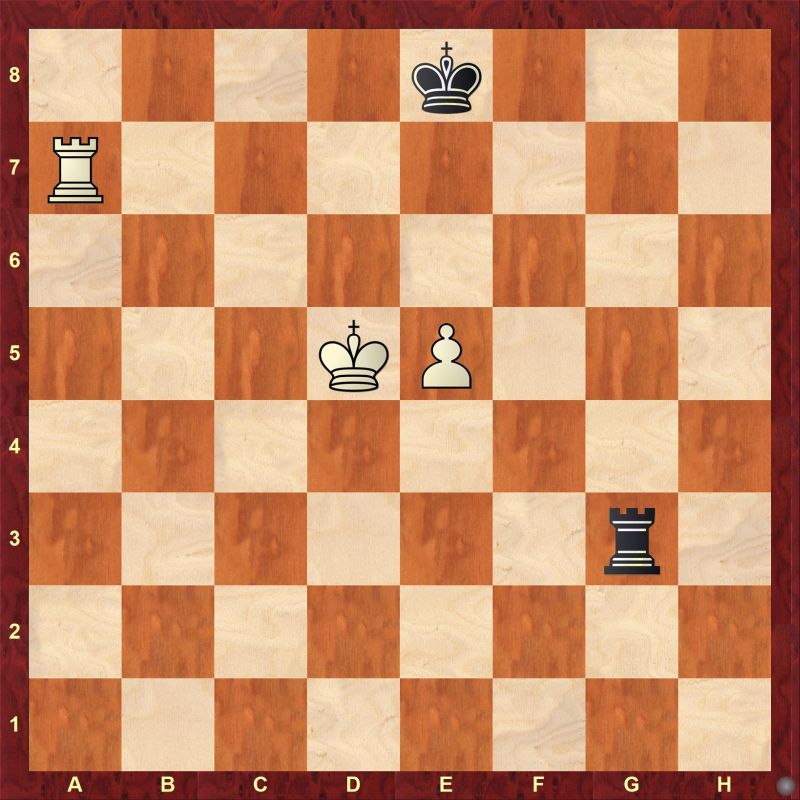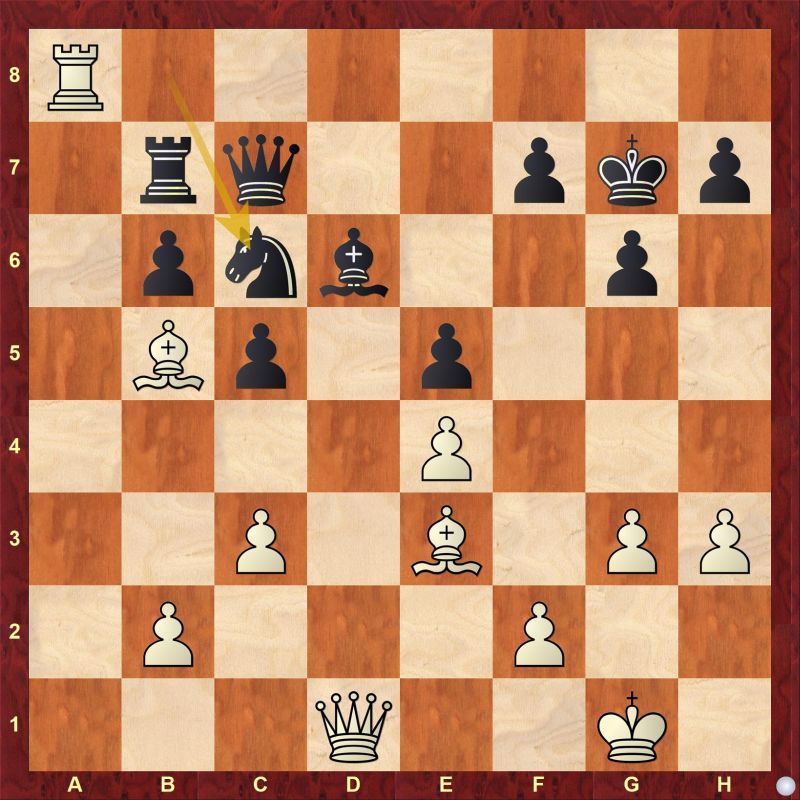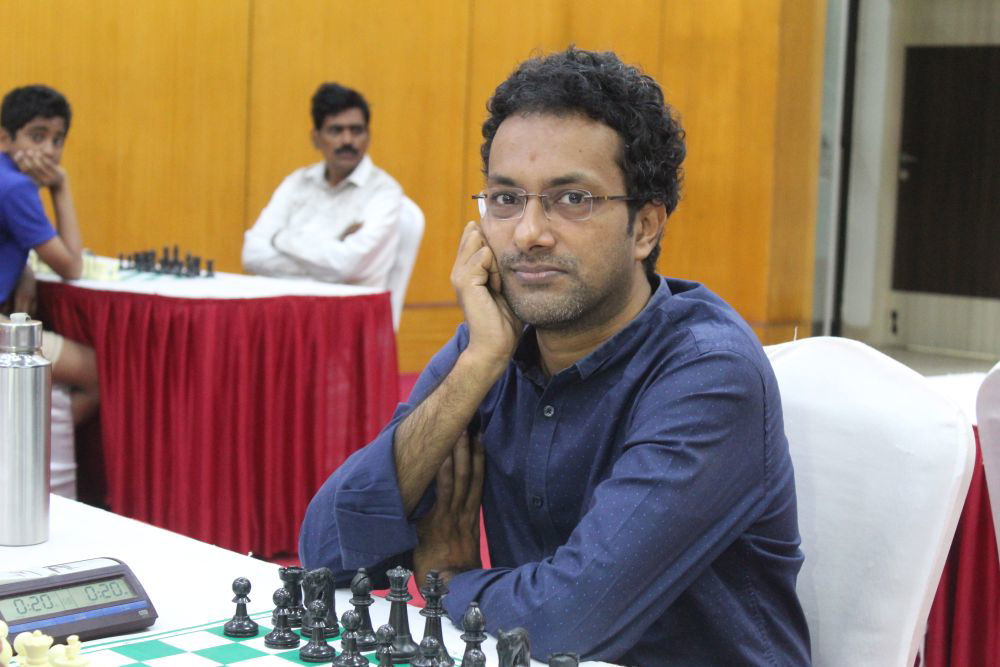A theory on Theories
India's 33rd GM Vishnu Prasanna is a prolific trainer. He has trained World's second youngest GM in history GM Gukesh D and also worked with GM Adhiban B, he is also training with GM Surya Sekhar Ganguly. He launched his new official website on 1st May 2020. The website has all the information about Vishnu and it is rich with features. One of the feature of the site is blog where Vishnu himself discusses various themes about chess. In his third blog post, he talks about theories. We all know that we must learn theories in chess to improve the understanding of the game. However he also mentions the fact that there is no single theory for every position in chess. Photo: Unknown
Chess is a complex game


The game of chess has always been a complex one for the human intellect to comprehend. At every moment, there are ocean of possibilities one has to consider. Humans have coped with this problem by learning chess through concepts and theories.

Anyone familiar with the theory of opposition will immediately choose Kb1! for white here. But, if you are not familiar with the concept of opposition, even with a lone king you would have 3 candidate moves to consider.
If we consider a longer-range piece than the King, we may look at this simple theoretical position in a rook endgame.

Another very basic position which, anyone familiar with the Philidor position, can easily find. The rook has a number of moves here and the king two moves. But Black would just play Rg6 without any hesitation. I have to point out that Rg2 and Rg1 and number of other moves also lead to a draw. But we would never consider those moves. Eliminating possibilities/candidate moves appears to be one of the main characteristics of theory.
Theory in chess becomes more complex once we leave the realm of finite positions i.e Positions that can be reached to a conclusion and positions where one good move exists.
From these conclusive endgames, let us move onto a middle game position. A simple position for white.
Fischer - Ibrahimoglu, 1970

The position was shown to me by GM Sundararajan Kidambi and this article is a consequence of the thought process that evolved from that.

Black has a weak square on d5, a weak bishop on d6 and pieces that are much less active than white’s. ”The theory of positional chess” says that White has a huge positional advantage here. Fischer’s move here was 31.Qd2 and he managed to beat his opponent very convincingly (as he usually does.)
When prompted for a move I immediately responded with Qd2, so did a few other players to whom I posed the same question. There exists another amazing possibility for white here. 31.Bh6+! Kh6 32.Rg8!! And black king is unable to escape mate.
Just like any other theory, maybe theory of positional chess hides tactical possibilities from our vision or at least makes us less vigilant. Although in this game from a practical point of view it did not matter much.
Humans have not yet figured out a theory that would explain decision making in every position - a theory of everything in chess! And so we will have to stick to making mistakes in our games and maybe it isn't such a bad thing. It keeps chess alive!
Vishnu's explanations in video
Conclusion
• Theory aims at narrowing the vision from the innumerous possibilities chess offers and tries to focus on what is critical in the position.
• It becomes harder and harder to identify what is important once the game leaves the finite area of theoretical endgames.
• There is no single theory for every position in chess.
About the Author

Vishnu Prasanna is the 33rd GM of India. He has been coaching professional chess players since 2016. He has organized numerous individual, group and online camps attended by hundreds of Indian and International chess players till date. He has trained the second youngest GM in the world D Gukesh. He is training with GM Surya Sekhar Ganguly. He has also worked with GM Adhiban B as a second for his debut at Wijk aan Zee, where he finished 3rd. Other prominent students include IM Leon Mendonca, IM Rathanvel, WGM V Varshini, WIM K Priyanka among many others.
Links
Vishnu on Social media: Youtube, facebook and twitter
The article was edited by Shahid Ahmed












